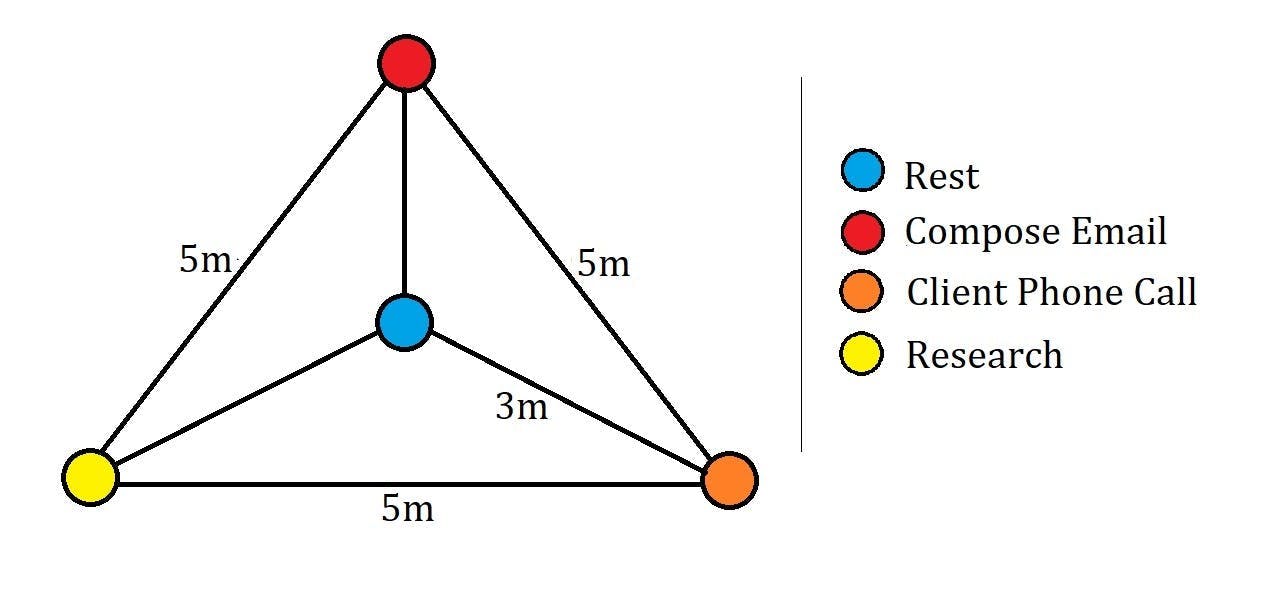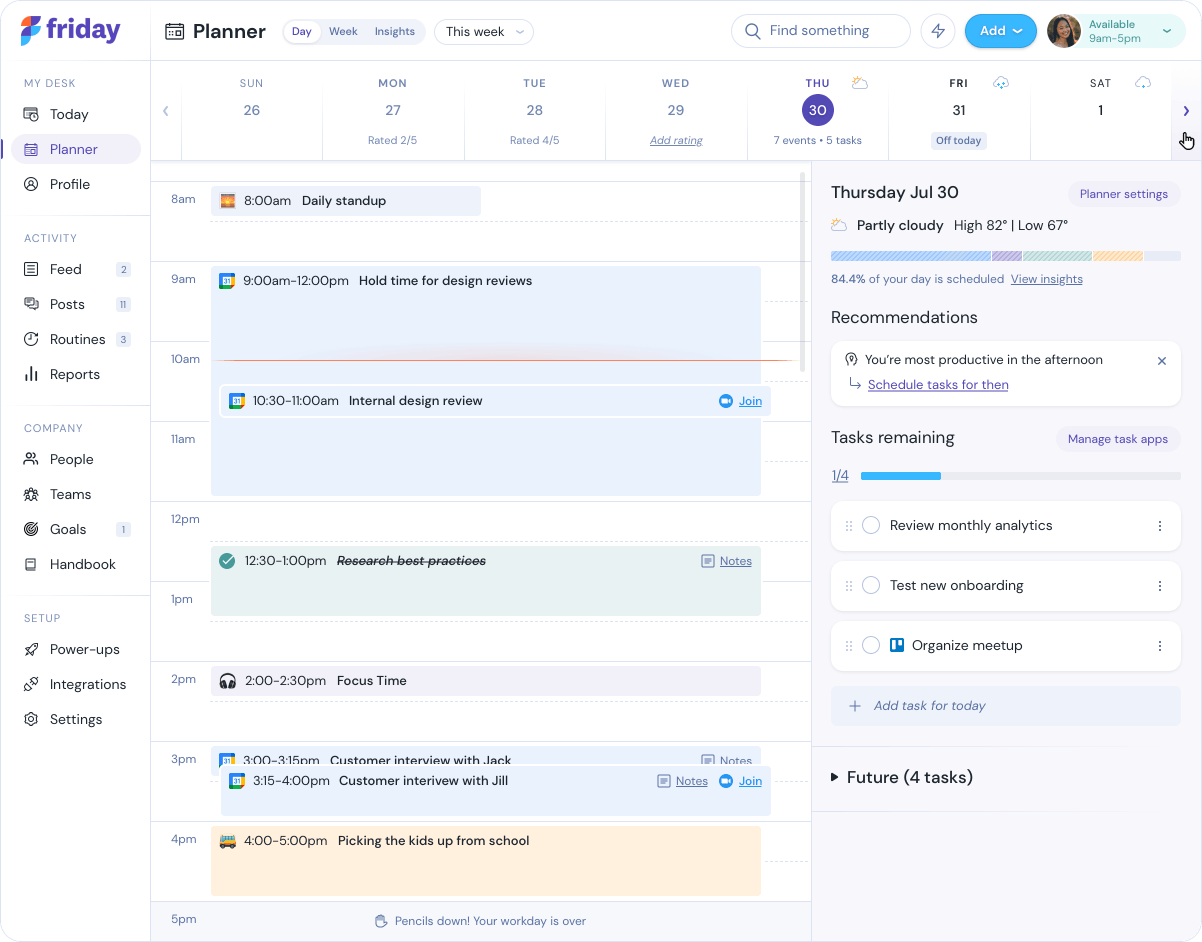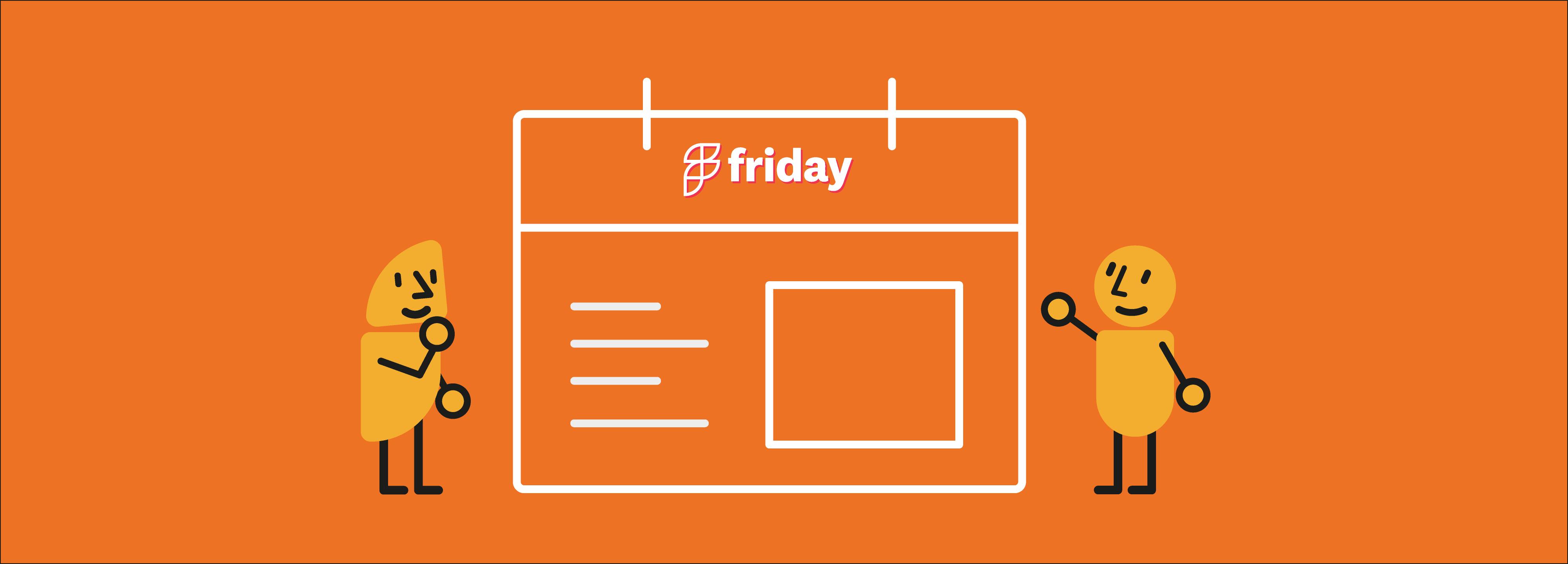Task Batching: 4x Your Workday With This Personal Productivity Hack

Productivity has long been the focus of society, and in the post-industrial world it’s oftentimes used as a metric for success. Consequently, productivity hacks are in great demand, especially in today's fast-paced society, where these tricks and tips not only apply to office work, but also the shifting trends towards remote working.
Many “revolutionary” methods and systems are often mere reproductions of previous styles or examples of productivity hacks. However, task batching as a productivity system is so intuitive, so unanimously agreed upon, so darn effective that it tolerates no imitation. Once you’ve learned of it, you can make the most out of a work day and never see your schedule the same way again.
What is Task Batching?
Task batching is the process of grouping activities in clusters, especially those that require a common skill or are of a similar nature. By doing so, you can conserve energy, maintain focus and establish better productivity habits. Tasks are typically also batching according to the amount of attention they demand. There are three kinds of tasks:
· Low-concentration: Emails, Data Entry
· Medium-concentration: Meetings, Client Call
· High-concentration: Writing, Research
Imagine these three “areas” of work as actual physical areas, meaning you need to physically travel between them.
On one particular day, you need to write 4 emails, make 4 client calls and research 4 items. Naturally, you may find yourself bouncing between each area; yet, if you were to compose a single email, make a single phone call and then research a single topic, you will need to go around 4 times, making the distance travelled 4x(5+5+5) or 60 miles.

However, instead of zipping and zapping between each task, you might decide it more efficient to flat-out write 4 emails, make 4 calls and then do all your research in one go. That way, you will have travelled 1 x (5+5+5) + 3, or 18 miles.
In colloquial terms, you’ve made yourself four times more efficient by “batching” the areas of work. As the brain literally needs time to adjust between tasks, we can make ‘m’ minutes, leaving it clear how much time you can save with task-batching.
Why Does Task Batching Work?
Fortunately, there’s no math in this one. Task batching works because of the natural way your brain functions, through which you’re neuro-biologically wired to focus on one thing at a time, known as "single-tasking" mode.
Although there does not currently exist a computer remotely close to the processing power of the brain, both a computer and a brain have amazing potential but limited resources. Single-tasking allows you to allocate all resources on a single focus, rather than splitting them many ways.
When you’re up to critical thinking or problem solving, your brain favors a single-tasking, as these sorts of tasks require the greater levels of alertness, focus and creativity afforded by this approach.
Task batching does not only apply in an office scenario. You can take this same underlying model of efficiency and become more productive in all aspects of life. Just as you can group work-related tasks together, so too can you group household, family and health-related tasks.
What are the Benefits of Task-Batching?
Like a lot of productivity hacks, there are some very tasty benefits to task batching. The three most significant examples are as follows:
1. It can increase your productivity
By virtue of the higher focus achieved through task batching, you’re far less likely to notice various distractions around you. While this improves the quality of work, the work speed is also increased, largely because task batching involves completing similar tasks together. This means you are using the same skills over and over, effectively honing them as you continue to work, thus increasing work rate and maximizing productivity.
Another significant way in which task batching makes you more productive is the aforementioned higher levels of focus and concentration, known to you and me as “being in the zone.” As explained in our triangle model above, moving from different areas of work just makes you inefficient, not simply because you may need to fetch this or go there, but also because your brain actually needs to readjust between the areas.
2. It can reduce stress levels
A hidden, but not unwelcome, benefit of task batching is that it can reduce your stress level. Taking 15 tasks and turning them into 3 batches feels a lot more manageable. With this boosted confidence, you’re likely to enjoy the work more, keeping on top of your schedule and being proud of your productivity.
Conversely, when you feel overwhelmed, it’s easier to become stressed, causing harm to your health, manifesting as a headache, cold, or stomach ache. If your stress doesn’t appear physically, you’ll surely receive it emotionally, making you more likely to get angry, irritable, and frustrated. This severely damages your work satisfaction.
3. It can improve your focus
As you know, humans love a good pattern. We can be fairly binary creatures as, in our heads, something either is or isn’t. When it comes to task-batching, the single-tasking mode allows the brain to say everything outside of your work... isn’t. You practically shut out everything unrelated (distractions, rogue thoughts), allowing you focus uninterrupted.
Luckily for you, the more you task-batch, the better at it you become. As your brain becomes more used to the single-tasking mode, your focus improves. Task batching trains your brain to better focus, but when combined with Friday Focus Time – no notifications or distractions – you can enter an uber-focused state.
How to Start Task Batching?
1. Create a to-do list that maps your goals, making sure to break bigger projects into smaller tasks. This way, you will be able to see all your task-batching goals at one time.
2. Decide on a time frame for each task batch. This will help you to create a schedule, which in turn helps you to achieve the set goals
3. Group the similar tasks together. You can group by the area (i.e. all your health related tasks in one group, all work-related tasks in another). You can also group by the time needed (i.e. smaller, less-significant tasks like emailing and messaging in one batch, all big high-attention tasks in another)
4. Plan your specific days. With the Friday planner, you’re always free to plan your days as you would like, but do try to group the batches into the same time blocks. Friday lets you drag-and-drop your tasks into certain time blocks to help you do your best work.

5. Block your time and focus during it. Try to block your time in 30-60 minute intervals. You can only maintain focus for so long, and taking regular breaks can actually be more productive.
Final Thoughts on Task Batching
Remember to find the time that works best for you. If you are more productive in the morning, then schedule high-concentration tasks for morning hours and cluster calls or emails for the afternoon. Likewise, if it takes a coffee (or three) to warm up, schedule more intense tasks for the afternoon and cluster some low or medium-concentration tasks for the morning.
Another thing to remember is the importance of being consistent. As studies show, repetition is the key to habit-formation. If you want your brain to get on board with the single-tasking mode, it needs to be a daily occurrence.
Once you’re accustomed to the process, you can unleash the true power of task-batching (a system with such advocates as Oprah Winfrey, Barack Obama, Marissa Mayer and Julia Childs) to establish a brilliantly efficient routine. Who knew that you could become more productive not by changing the work, but just by rearranging the schedule? You do, now!


